Key Takeaways: Bringing Feed Yeast to the Philippines
So, what even is this feed yeast stuff? Think of it like a special ingredient you mix into animal food. It's not just any yeast, mind you, often it’s a type called Saccharomyces cerevisiae, which sounds fancy but is basically a tiny living thing, kinda like a super-helper for animals. Why do farmers use it? Well, it does a bunch of good things. For one, it helps the animal's tummy stay healthy. It works like a probiotic, putting good little bugs (microbes) in their gut, which helps fight off the bad ones. This makes their digestion better.
Another thing, it helps animals get more goodness out of the food they eat. Better nutrient absorption, they call it. So, the same amount of feed does more work, which is great for farmers lookin' to save a bit. And it makes the animals stronger, boostin' their immunity. That means they don't get sick as easy. Nobody wants sick animals, right? Plus, this yeast is packed with useful stuff itself – things like proteins, important building blocks called amino acids, and even some vitamins. It's like a multi-vitamin and health booster rolled into one for them critters. You can learn more about the top 5 benefits of using animal feed yeast.
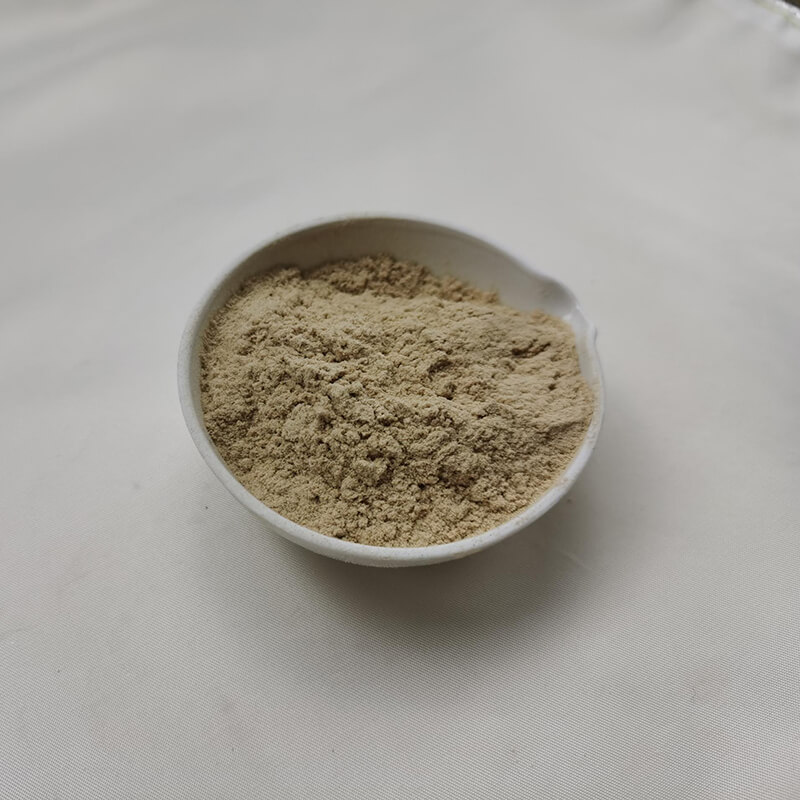
Who gets to eat this? Lotsa different farm animals.
As someone who's been in the feed additives game for a while, I can tell ya, not all yeast is created equal. Some specific strains work better under the hot, humid conditions you often find in the Philippines. Lookin' for yeast products tested for stability in tropical climates is a smart move. Also, sometimes you need soluble feed yeast for specific applications, like adding it through water systems. It's these little details that make a difference for the end user, the farmer.

Is there really a market for this feed yeast in the Philippines? Oh yeah, it's pretty big and it's growin'. The whole animal feed additives market there is expandin', mainly 'cause more people are eating meat and the livestock and poultry sectors are getting bigger. Think about it, lotsa Filipinos love chicken and pork, right? So farms need to raise more animals, and they need good feed, including feed supplements, to do it efficiently. There's a good overview of the Philippines feed market available too.
The chicken part (poultry) is the biggest slice of the pie. They reckon it's gonna grow somethin' like 6% every year for the next few years (2024-2029). That's quite a jump. Pork (swine) is also a major player. Even though they had some troubles with diseases like African Swine Fever, they're workin' hard to rebuild their herds, and demand for pork is still strong. So, they need good feed additives like yeast and maybe L-Lysine HCl for swine and poultry to help those pigs grow healthy.
Aquaculture, that's fish and shrimp farming, is another one growin' fast. The Philippines exports seafood, and people there eat a lot of it too. So, more fish farms mean more need for quality fish feed, which often includes yeast. Ruminants, like cows for milk and beef, it's a smaller market compared to chickens and pigs, but it's got potential. The government has programs to boost dairy and beef production, so that could mean more demand down the road. Using things like Corn Gluten Meal and DDGS alongside yeast is common practice.
Here's a quick look based on the reports:
| Animal Type | Market Share | Why It's Growing | Key Feed Ingredients Often Used |
|---|---|---|---|
| Poultry | Largest | Lotsa chicken and egg eating | Yeast, Lysine, Methionine, Soybean Meal |
| Swine | Significant | Pork is popular, farmers rebuilding herds | Yeast, Lysine, Threonine, Dicalcium Phosphate |
| Aquaculture | Growing | More seafood farming for local and export markets | Yeast, Fish Meal, Protein meals |
| Ruminants | Smaller | Government pushing for more milk and beef | Yeast, DDGS, Fiber sources, Minerals |
Where's all this feed bein' used? It's concentrated in certain areas. For poultry, think Batangas, Bulacan, Pampanga, Nueva Ecija, Cavite. For swine, places like Bulacan, Leyte, Cebu, Negros Occidental, Batangas are big. Knowing these regions helps if you're planning distribution. From my experience, what's really changing is that farmers are getting smarter about feed. It used to be just about the cheapest option, but now, especially the medium and larger farms, they understand that using quality animal feed yeast for livestock in the Philippines actually makes them more money in the long run through better animal performance. That's where the opportunity lies for importers of good quality stuff.
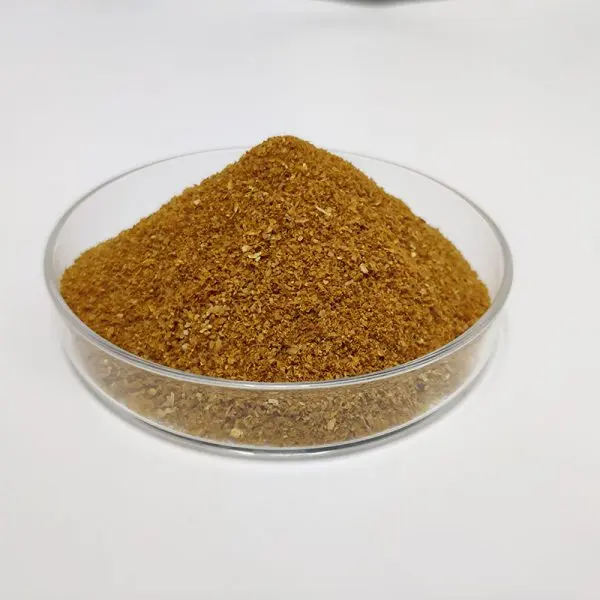
Okay, let's talk about the not-so-fun part: rules and paperwork. You can't just ship feed yeast to the Philippines and hope for the best. There's a process, and the main government agency you gotta deal with is the Bureau of Animal Industry, or BAI. They're part of the Department of Agriculture (DA). They're the gatekeepers for animal feed stuff, makin' sure everything coming in is safe for animals, people, and even plants.
The most important piece of paper you'll need is called a Sanitary and Phytosanitary Import Clearance, or SPS-IC for short. You must get this before your shipment arrives. It's basically the BAI saying, "Okay, this product looks safe based on the info you gave us." You apply for this online now, through a system called Intercommerce, which makes it a bit easier than the old days, but it still needs careful attention. Don't mess this up; no SPS-IC means your shipment gets stuck, or worse, sent back. I've seen newcomers make this mistake – they ship the goods then apply for the SPS-IC. Big no-no. Usually takes a week or two to process if all your documents are in order, sometimes faster, sometimes slower, depends on their workload.
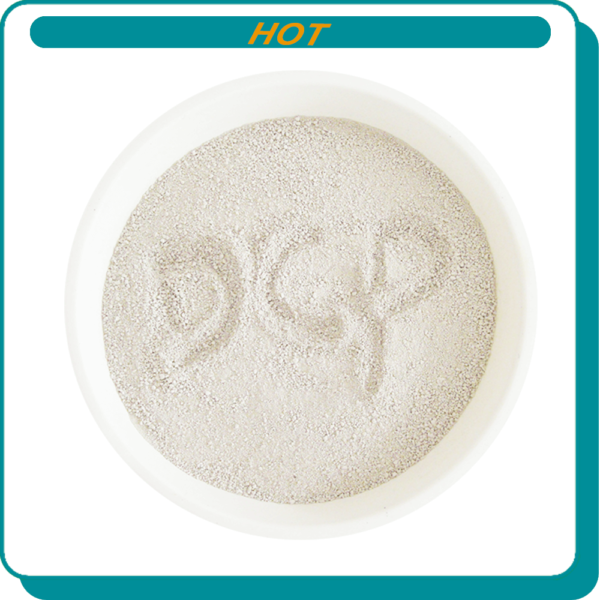
Then there's somethin' called a Utilization Report. This came in around August 2021 (BAI Memorandum Circular No. 26). The government wants to make sure the feed ingredients you import, like yeast or maybe L-Lysine Hcl 98.5%, are actually used for animal feed and don't somehow end up in human food or somethin' else. So, importers need to report how they used the stuff. It adds another layer of tracking.
What about a License to Operate (LTO) from the Food and Drug Administration (FDA)? Generally, for animal feeds, BAI is the main agency. But sometimes, depending on how a product is classified or if it makes specific health claims, the FDA might get involved. It's best to clarify this with BAI or a consultant, but usually for standard feed yeast, BAI handles it.
Labels are super important too. The bags or containers need specific information printed clearly:
You'll need a stack of documents for customs clearance too. Here's a list of the usual suspects:
Remember, feed yeast is a 'Regulated Commodity'. This just means it needs these specific checks and clearances before it can enter the country. It's not impossible, just requires you to be organised and follow the rules careful like.
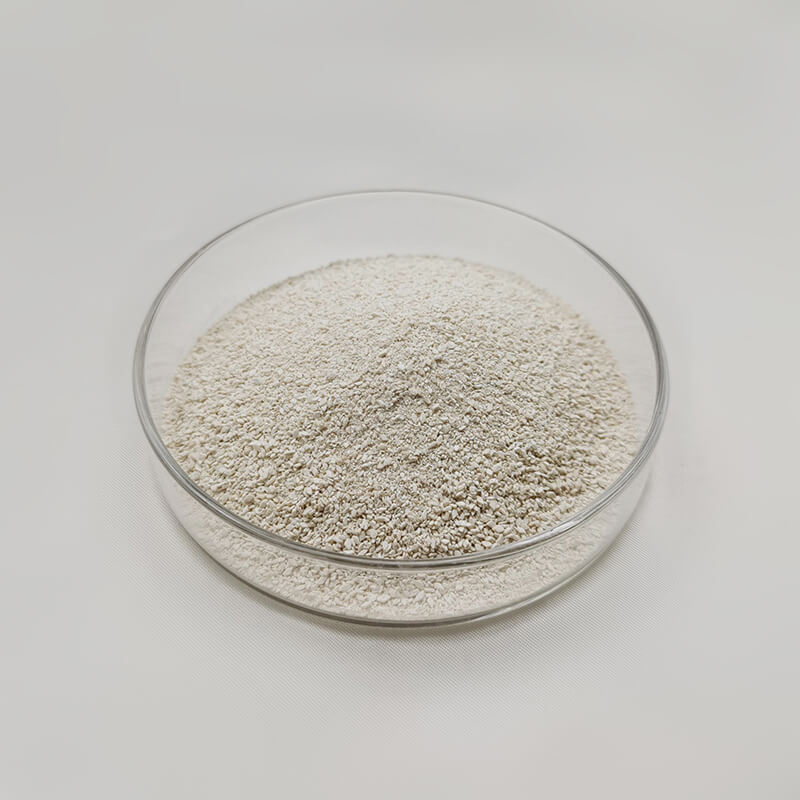
Alright, you know what feed yeast is, why it's needed, and the rules. How do you actually do the importing? Let's break it down into steps. It ain't rocket science, but ya gotta follow the steps proper. Think of it like following a production flow chart, but for importing.
Step 1: Get Your Business Legal First things first, your company needs to be registered in the Philippines. If you're runnin' it yourself (sole proprietorship), you register with the Department of Trade and Industry (DTI). If it's a bigger company, like a corporation or partnership, you register with the Securities and Exchange Commission (SEC). You also need your local business permits from the city or municipality where you operate. Basic stuff, but essential.
Step 2: Get Your Permits and Clearances This is where the BAI stuff comes in. Apply for that Sanitary and Phytosanitary Import Clearance (SPS-IC) from BAI using their online system. Do this before anything ships! Check if you need a License to Operate (LTO) from the FDA, though usually BAI is enough for feed yeast. Also, find out if you need a Minimum Access Volume (MAV) Import Certificate – this sometimes applies to agricultural products, check with the DA or BAI.
Step 3: Prepare All Your Papers Gather all those documents we talked about in the last section: Bill of Lading/Airway Bill, Commercial Invoice, Packing List, SPS-IC, maybe a COA, etc. Make sure everything is accurate and complete. Check names, addresses, quantities, values – mistakes here cause big delays. And double-check that the labels on your actual product bags match the regulations. If you're sourcing from somewhere like China, make sure your supplier understands these requirements. Learning how to choose a supplier in China who provides good documentation is crucial.
Step 4: Deal with Customs Once your shipment is on its way or has arrived, it's customs time. Your customs broker (get one, seriously!) will help submit the import declaration and the Authority to Release Imported Goods (ATRIG) application, often through the National Single Window (NSW) online system. You'll need to pay import duties and taxes. How much? It depends on how customs classifies your feed yeast – your broker can help figure this out. A good broker, especially one who knows agricultural products like feed additives (including things like Choline Chloride), is worth their weight in gold here. They know the people and the process, and can spot potential problems before they happen. A common pitfall I've seen is misdeclaration – trying to classify a product wrongly to pay lower duties. Don't do it. Customs will catch it eventually, and the penalties are stiff.
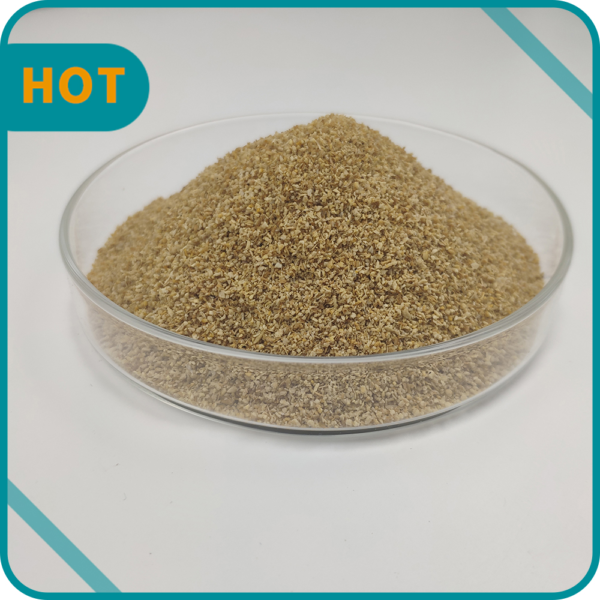
Step 5: Get Your Stuff and Sell It After customs gives the okay and you've paid up, you can get your goods released. Arrange the transport from the port to your warehouse. Remember, feed yeast needs to be stored properly – usually in a cool, dry place away from sunlight to keep the yeast alive and effective. Then, you can start distributing it to your customers – feed mills, large farms, maybe even smaller retailers. Make sure you keep records for that Utilization Report the BAI wants. Check out the range of Pangoo Products to see the kinds of things often imported and distributed.
Importing ain't just about paperwork; you gotta make money too, right? Let's think 'bout the business side of bringing feed yeast into the Philippines. Where's the real demand? As we said, poultry and swine are the big ones. Chicken and pork are staples, so the demand for feed ingredients that help them grow well, like yeast and essential amino acids such as L-Threonine and DL-Methionine 99%, is consistently high. Understanding the specific needs, like the benefits of lysine in poultry feed, helps target your product. Aquaculture is growing, so don't ignore fish and shrimp farms. Ruminants are smaller now but could be a future growth area.
Finding good suppliers is key. You need reliable sources that provide consistent quality and the right paperwork. Many importers look to countries like China, India, the US, or Japan. Companies specializing in China Feed Additives often have experience exporting to the Philippines. Always verify their certifications and maybe even test a sample batch first. Get that COA and check it carefully. Quality matters a lot for feed supplements boosting livestock nutrition.
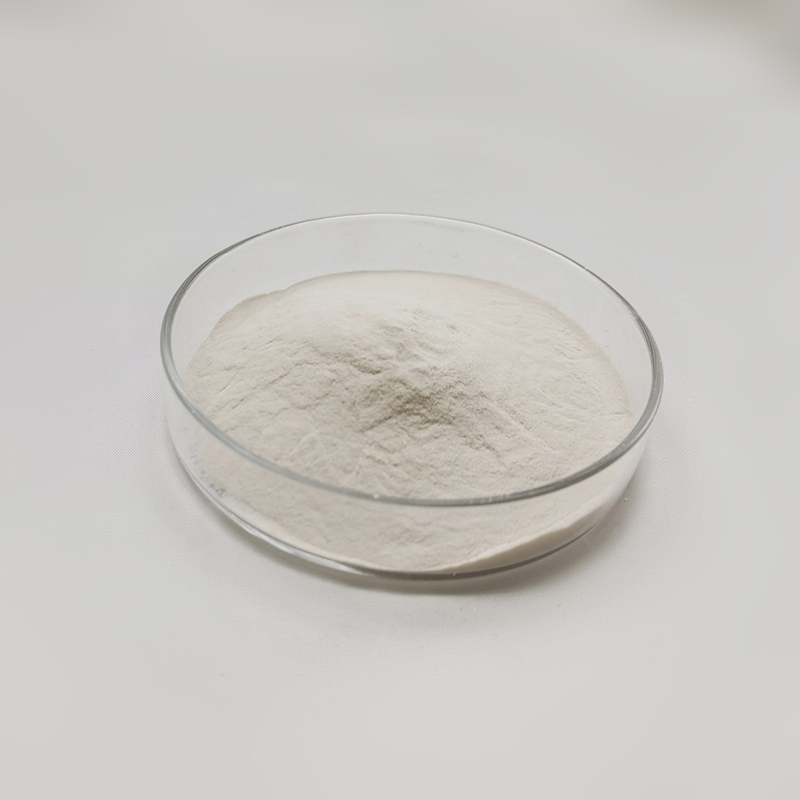
Now, costs. You gotta factor in everything to see if it's profitable.
Add all that up – that's your landed cost. A big mistake folks make is just looking at product price + shipping. You gotta include everything. Then look at local market prices. The info says yeast prices can range from PHP 2.19 to PHP 33.92 per kg. That's a huge range! It depends on the type of yeast, quality, brand, and volume. Your selling price needs to be competitive but still cover your landed cost and give you a profit. Exploring yeast distributor opportunities can give insights into pricing structures.
My advice? Focus on value, not just being the cheapest. If you can show farmers that your specific yeast product leads to measurably better growth or health in their animals, they'll often pay a bit more for that reliability and performance. Documented results or trials can be very persuasive.
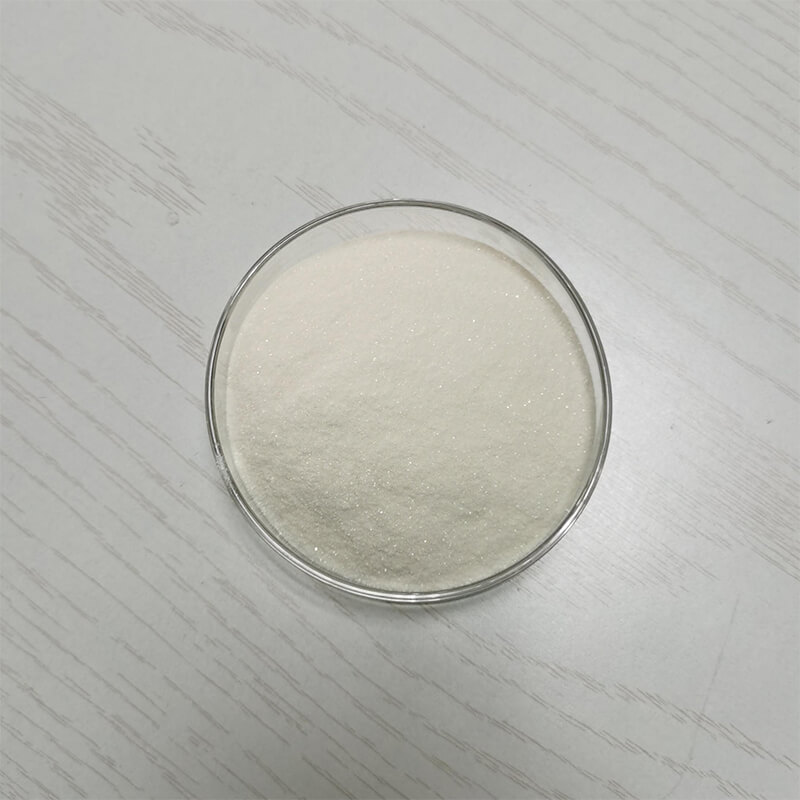
When you start importing feed yeast, you won't be the only one selling it. Who else is out there? You got basically two types of competitors in the Philippines market. First, there are some local manufacturers. They might produce various feed additives, but often they might not have the really specialized or high-performance yeast strains that international suppliers offer. Their advantage might be lower price or established relationships, but maybe not the latest tech.
Second, you got other importers, just like you wanna be. These guys bring in products from international suppliers, maybe from China, Europe, or the US. They compete on quality, price, and service. Some might be big players with established distribution networks, others might be smaller niche suppliers. This is likely your main competition. The market knows about the benefits of yeast-based feed additives for distributors, so many are trying to get a piece of the action.
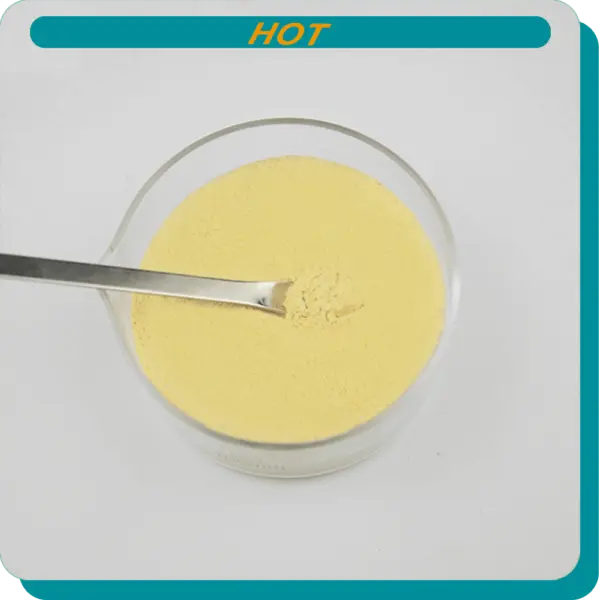
So, how do you stand out from the crowd? Competing just on price is tough, especially against bigger players or local producers. A better strategy is often to differentiate yourself.
I remember one company that tried to compete head-on with everyone in the massive poultry feed market. They struggled. Then they shifted focus to providing a high-quality yeast blend specifically formulated for shrimp hatcheries in the growing aquaculture sector. Because they filled a specific need with a quality product, they carved out a really profitable niche for themselves, even though the overall volume was smaller than poultry. Sometimes specialization is smarter than trying to be everything to everyone.
Finally, profit margins. You gotta calculate this carefully. Take your selling price per kilo, subtract your total landed cost per kilo. What's left is your gross profit. Remember, buying in larger volumes usually gets you a better price from the supplier and can lower your per-unit shipping costs (economies of scale), which helps improve your margins. But don't over-order until you know you can sell it! Knowing the top 5 benefits of using animal feed yeast helps you sell the value.

Look, importing anything anywhere has its headaches, and bringing feed yeast into the Philippines is no different. It's good to know the potential bumps in the road so you can try and smooth 'em out. What kinda problems might pop up?
Well, the rules can be tricky. Navigating the requirements from BAI and Customs takes time and effort. It's not always straightforward, and sometimes things change. Like that Utilization Report rule that came in – importers had to adapt. Then there's the paperwork. Oh, the paperwork! If you make mistakes, leave somethin' out, or the info doesn't match across documents, your shipment can get stuck at the port for ages. That costs money – storage fees, potential damage to your product, and unhappy customers waitin' for their orders. This applies to all feed ingredients, whether it's yeast, Corn Gluten Meal, or Meat and Bone Meal.

Competition, we talked about that. It can be fierce. Established players might have strong relationships or lower prices, makin' it hard for newcomers to get a foothold. And you always gotta keep an eye out for regulatory changes. The government might update import rules, labeling requirements, or inspection procedures, and you need to know about it fast to stay compliant.
So, how do you deal with this stuff? Here's some advice, based on seein' folks succeed and stumble:
One extra tip from experience: try to build a respectful working relationship with the BAI officers you deal with. Don't try to bend rules, but be transparent, provide information promptly when asked, and understand their job is to ensure safety and compliance. Being professional and cooperative goes a long way if minor issues arise.
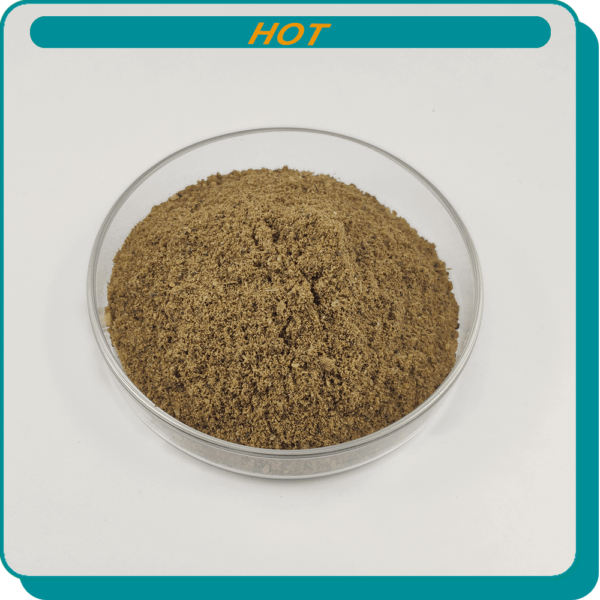
So, after all that talk 'bout rules, papers, costs, and competition, is importing feed yeast into the Philippines actually a good idea? Yeah, I reckon it is, especially for a company like Pangoo that knows the feed additive business. The opportunity is definitely there. The demand from the livestock and poultry sectors is real and it's growing. Farmers need these products to raise animals efficiently and meet the country's demand for meat, eggs, and fish.
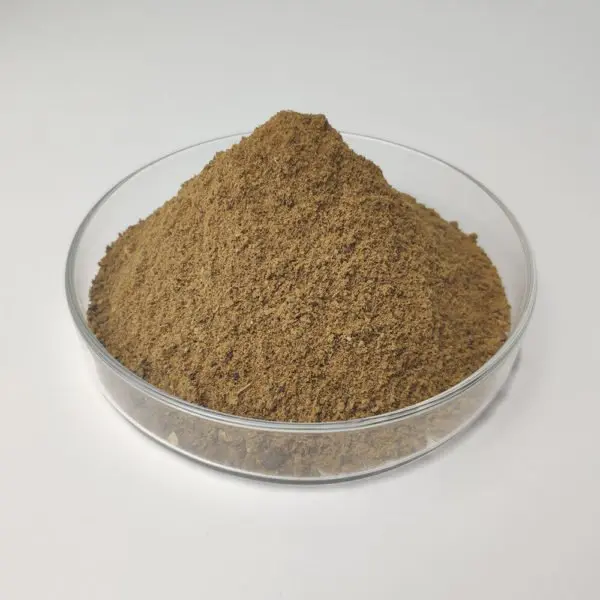
Sure, you gotta do it right. You absolutely need to understand and follow the BAI regulations – get that SPS-IC, handle the Utilization Report, make sure labels are correct. You need to get all your documentation perfect to avoid customs headaches. And you need to do your market research – know who your customers are, what they need (maybe specific amino acids like L-Lysine Sulfate or certain vitamins), and what the competition is doing. Sourcing quality products, maybe even things like Fish Meal if you expand, from reliable suppliers is critical.
It takes effort, no doubt about it. But if you approach it strategically, pay attention to the details, and maybe get some expert help along the way (like a good broker), you can definitely build a successful import business. The key is careful planning and execution.
My final piece of advice? Don't try to conquer the whole market overnight. Maybe start small. Identify one or two key customers – perhaps a medium-sized feed mill or a large farm you can build a relationship with. Import a smaller quantity initially to test your processes, get feedback on the product, and make sure everything runs smoothly from sourcing to delivery. Once you've ironed out the kinks and built some trust, then you can look at scaling up your operations. It's a marathon, not a sprint, as they say. But for businesses willing to put in the work, importing quality feed yeast to the Philippines looks like a pretty solid bet for the future.

Frequently Asked Questions (FAQ)
Q1: What is feed yeast actually used for in animal feed?
Q2: Which government agency controls feed yeast imports in the Philippines?
Q3: What's the single most important document I need to import feed yeast?
Q4: Is the demand for feed yeast really growing in the Philippines?
Q5: Where can I find good suppliers of feed yeast?
Q6: Do I really need to hire a customs broker?